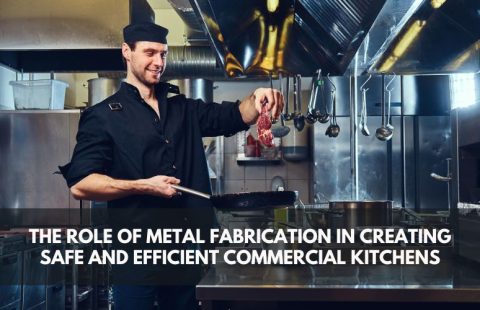
CNC Laser Cutting for Medical Device Manufacturing
CNC (Computer Numerical Control) laser cutting technology has transformed the manufacturing industry by providing a precise, efficient, and flexible way to cut and shape materials. CNC laser cutting machines for medical device manufacturing are rapidly emerging as the preferred tool for many cutting or machining applications, particularly when superior edge quality, tight dimensional tolerances and/or high volume production is required. This introduction will provide an overview of CNC laser cutting technology and its applications in medical device manufacturing.
Materials used in Medical Device Manufacturing and their suitability for CNC Laser Cutting
Recent laser innovations are opening the pathway to new applications within the medical device industry.Some commonly used materials in this field include metals, such as stainless steel and titanium, as well as plastics, such as polycarbonate and PEEK (Polyether Ether Ketone).
When it comes to CNC laser cutting, the suitability of a material depends on its ability to endure the laser’s intensity and heat without melting. Metals, especially those with high melting points, are best for laser cutting due to their ability to absorb and release heat quickly. Plastics should be handled carefully and some may not be suitable for laser cutting at all.
The suitability of a material for CNC laser cutting depends on its composition, thickness, and other factors, which must be carefully considered in medical device manufacturing.
CNC Laser Cutting Techniques and Best Practices for Medical Device Manufacturing

CNC Laser cutting is a fabrication process which deals with a focused, high-powered laser beam to cut material into custom shapes and designs. This process is suitable for a wide range of materials, including metal, plastic, wood, gemstone, glass, and paper, and can produce precise, intricate, and complex parts and serves a vital role in medical device manufacturing.
Medical devices are directly related to the health and safety of the patients. The best practises for CNC laser cutting in medical device manufacturing include:
- Selecting the right laser and optics for the specific material being cut.
- Consider design controls for product development
- Regularly maintaining the laser machine to ensure accuracy and consistency in cutting.
- Adhering to proper safety procedures and regulations.
- Consider electronic medical device reporting.
- Designing parts with minimal complexity to reduce production time and costs.
- Follow quality system practises
- Follow the regulatory standards and guidelines as applicable.
Quality Control and Inspection of CNC Laser Cut Medical Devices
Quality control and inspection are the important steps in the production of CNC laser cut medical devices.It is essential to check that each device meets the necessary quality standards.
The CNC laser cutting process must adhere to the required specifications.They’re critical for medical device manufacturing to ensure that the medical device design is on-track to meet the manufacturing regulations applicable to medical devices. Quality control may involve inspecting the laser’s power and settings.By properly inspecting one can find out that each medical device produced is free of defects.
Safety and reliability must be the key points while manufacturing the CNC laser cut medical devices. Here quality control and proper inspection plays a crucial role.
Applications of CNC Laser Cutting in Medical Device Manufacturing
CNC laser cutting has numerous applications in the manufacturing of medical devices, owing to its precision, speed, and versatility.Medical device laser cutting is used in the design and manufacture of medical devices and implants such as stents, heart valves, cutting and shaping catheters and other medical devices such as scalpels, forceps and scissors as well as medical tools and components ensuring precise dimensions and tolerances.
Advantages and Limitations of CNC Laser Cutting for Medical Device Manufacturing

Compared to other types of cutting, laser cutting offers several advantages. These include:
- Greater cutting precision and accuracy
- Higher quality edges
- Less material contamination and waste
- Lower maintenance and repair costs
- Greater operator safety
While laser cutting demonstrates advantages over other forms of cutting, there are also limitations to the process, including:
- The range of suitable materials
- Inconsistent production rate
- Hardening of metals
- High energy and power consumption
- Higher equipment costs
Future Developments and Trends in CNC Laser Cutting for Medical Device Manufacturing
The medical device manufacturing industry is a rapidly emerging field not only because of the advancements in manufacturing processes but also because of continuous development in the medical field, specifically biomedical engineering.Recent developments using additive manufacturing for medical devices have included synthetic blood vessels, orthopaedic implants, organs, and even pharmaceutical medication.
Conclusion
To conclude, CNC laser cutting technology has revolutionized the manufacturing of medical devices by offering precision, accuracy, and efficiency. As technology continues to advance, CNC laser cutting is likely to play a vital role in the manufacturing of medical devices, making it possible to produce new, more complex medical devices and components.



